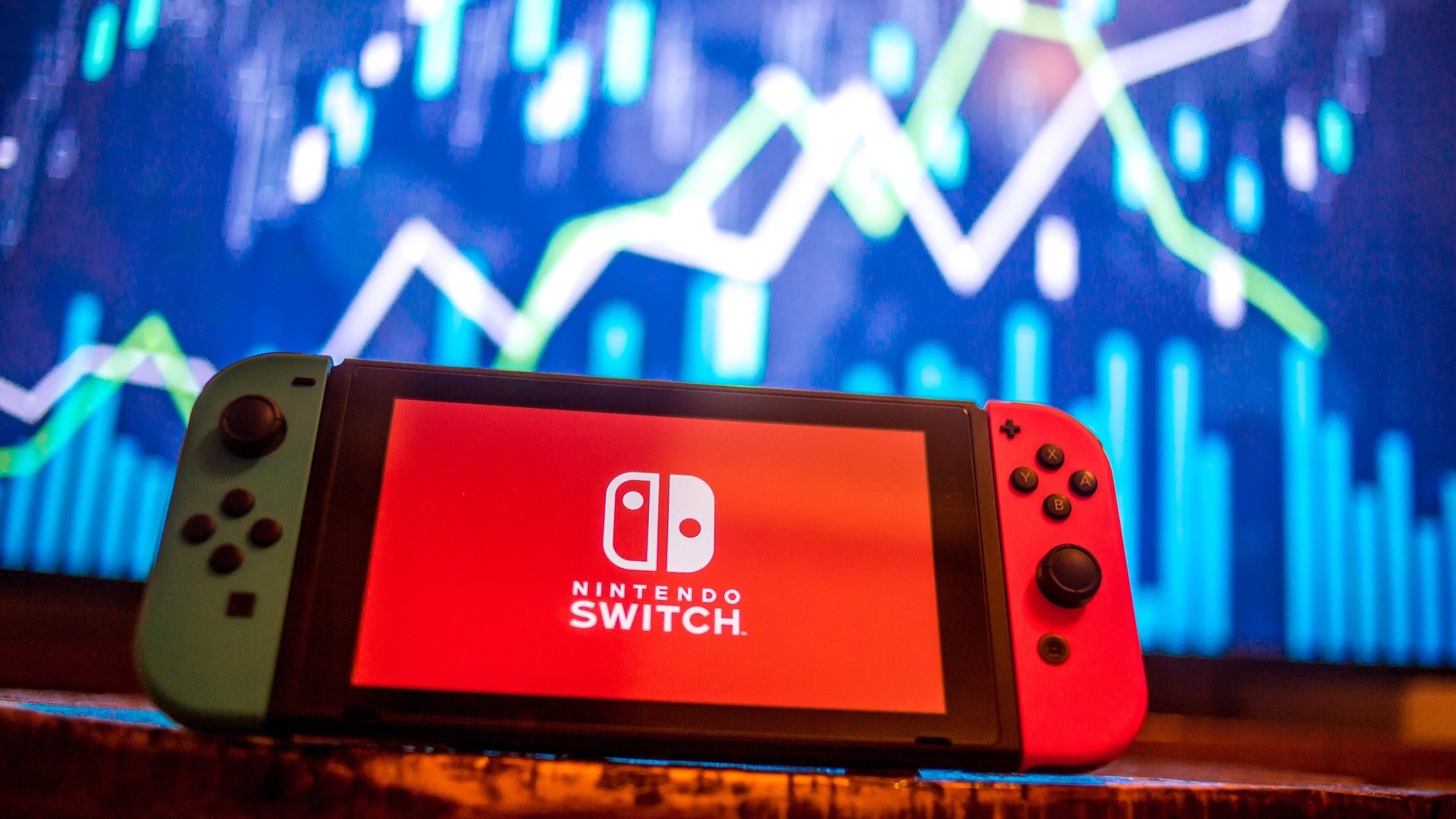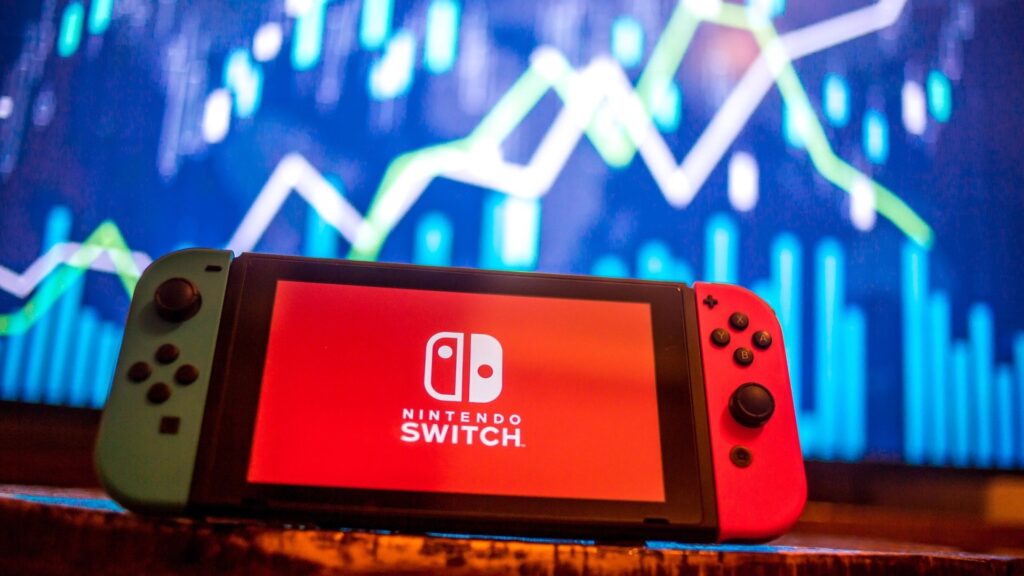
On November 22, 2022, Nintendo of America scored a major legal victory. The company had been facing down a potential class-action lawsuit in California over a defect with the Nintendo Switch and its Joy-Con controllers, until a judge threw out the case thanks to a loophole in the console’s user agreement.
This isn’t the only legal battle Nintendo has fought over an infuriating design flaw known to many as “Joy-Con drift,” in which the joysticks wear down over time and begin to detect movement even when you’re not touching the controller. And yet, throughout the Switch’s eight-year history, Nintendo has largely managed to avoid any fallout from a hardware issue that most gamers are painfully familiar with. Now, with the Switch 2 on the horizon, Nintendo has a chance to fix Joy-Con drift once and for all. But will it?
“They’re going to get flamed if they don’t,” Carsten Frauenheim told Mashable.
Frauenheim is a repairability engineer at iFixit, a popular website known for breaking down gadgets, publishing guides on how to fix them, and selling replacement parts and toolkits. Over the years, iFixit’s staff and community have written countless articles explaining what causes Joy-Con drift and how to fix it yourself. Frauenheim praised the current Joy-Con design for being easy to repair — at least compared to similar controllers from Xbox and PlayStation, where the joysticks are soldered into place — but he added that there’s an obvious upgrade Nintendo needs to make.
“The rumors are that Switch 2 is moving to [the] Hall effect, which makes so much sense,” Frauenheim said.
Hardcore gamers (the type who buy “Elite” controllers to get a slight edge over their friends in Call of Duty) may be familiar with the term “Hall effect,” but to the casual masses, it’s mostly unknown. So with the Switch 2 just weeks away from its official unveiling, here’s everything you need to know about the Hall effect, and why it’s the best solution for Nintendo’s Joy-Con drift problem.
Nintendo did not respond to Mashable‘s request for comment on this article.
What causes Joy-Con drift?
Crack open pretty much any off-the-rack video game controller, and you’ll find an identical joystick component. The modules used by Nintendo, PlayStation, and Xbox all feature potentiometers, which is a fancy way of saying that they use a tiny metal arm that slides along a resistive layer of graphite. The potentiometer measures that movement and translates it into video game actions.
Potentiometers are cheap and easy to mass produce, but the technology has one glaring problem.
“It wears out over time,” Frauenheim said.
Because the components of a potentiometer are physically rubbing against each other with each swivel of your joystick, they become less reliable as wear and tear builds up. With enough use, a potentiometer joystick can even shift its starting point. That’s presumably what causes a motionless joystick to suddenly register movement, causing your character to run off a platform and plummet to its demise while you’re busy looking at your phone.
(Some controllers compensate for this issue by creating a “dead zone” around the joystick’s starting point to compensate for drift, but that only delays the inevitable.)
So we know what’s causing the problem — even if Nintendo won’t admit it — but what’s the solution? The answer lies in a scientific discovery dating back to 1879.
What is the Hall effect, and can it fix Joy-Con drift?
Henry Hall was a student at Johns Hopkins University when he discovered the Hall effect. At the time, scientists had no way of telling whether an electrical current was positive or negative, explained Chia-Ling Chien, a leading expert in the Hall effect and a professor at Johns Hopkins since 1976. Hall figured out a way to tell the difference by taking a thin strip of gold that was carrying an electric current and placing it in a magnetic field. The electric current moved in response.
Thus, the Hall effect was born, though it only got that name because Hall’s advisor, the esteemed scientist Henry Rowland, didn’t have much faith in the results.
“Rowland refused to put his name on the paper,” Chien told Mashable, “but he allowed his students to publish the paper alone.”
While interesting to physicists, the Hall effect didn’t have much of a practical application until the advent of semiconductors in the mid-20th century. This made it possible to create smaller Hall-effect sensors capable of measuring a button press without physical contact between a physical button and its detector. Instead, a Hall switch registers the interaction between an electrical current and a magnetic field.
“The most important application today of the Hall effect is the Hall switch,” Chien said.
Today, Hall switches power many of the devices we use each day. Chien noted that many computer keyboards use the Hall effect to improve the device’s lifespan, although Apple notably prefers mechanical keys for its MacBook keyboards.
“There’s no wear and tear,” Chien said of the technology. “This thing can last forever.”
Hall-effect controllers use the same technology to avoid issues like joystick drift. Instead of a physical stick pushing against a resistor and measuring the force, these controllers use magnets to measure the change in electrical currents as the joystick moves.
“There’s no contact,” Frauenheim said. “It’s moving around magnets, and so there’s no physical wear happening.”
(Confused by all this science mumbo jumbo? Here’s the simplest possible explanation, courtesy of the popular subreddit Explain Like I’m 5: “It uses the magic of magnets to make the game move. Other controllers use rubbing to make the game move and rubbing means the controller will break one day. The magnet one won’t break as quickly or maybe ever!”)
None of gaming’s big three currently offer a controller with Hall-effect joysticks, even though making the switch would only add a few “pennies” to the cost, according to Frauenheim. (Microsoft’s Xbox Elite Wireless Series 2 does feature Hall-effect triggers, which use the same technology, but even that still sports potentiometer joysticks.) And sure, there are plenty of third-party options available, but most casual gamers probably aren’t going to shell out extra for a new controller with high-tech features they don’t understand. However, there’s hope that this could finally change with the Nintendo Switch 2.
Will the Switch 2 have Hall-effect joysticks?
Nintendo has yet to confirm whether the Switch 2 will swap potentiometers for Hall switches, but recent reports suggest that could be the plan. One anonymous online leaker going by the handle @NextHandheld previously claimed the new Joy-Cons would rely on Hall-effect technology, and as Video Games Chronicle points out, @NextHandheld has already been proven right when it comes to some other Switch 2 leaks.
Those rumors also got a boost when iFixit broke down Nintendo’s new smart alarm clock, Alarmo, and found a Hall-effect sensor in the device. In its breakdown report, the site noted that these sensors would “ensure longevity,” before adding, “We wish Nintendo used [this] in the Switch Joy-Cons.”
However, just because Nintendo used a Hall-effect sensor in the Alarmo doesn’t necessarily mean we’ll see similar tech in the Switch 2.
“They’re kind of two separate input devices,” iFixit’s Frauenheim said. “You’re not sitting there spinning the Alarmo like crazy. So Nintendo’s not really worried about cycles on that as much as other stuff.”
That said, he’s definitely not ruling out the possibility either.
“Hall-effect sensors have been around forever,” Frauenheim pointed out. “So translating it into a controller is not that far-fetched.”
Ultimately, we’ll just have to wait and see whether Nintendo has a fix for Joy-Con drift, but according to Frauenheim, there’s simply no good reason for Nintendo not to embrace Hall-effect technology for the Switch 2.
“It makes no sense for them to stick with potentiometers,” he said.







